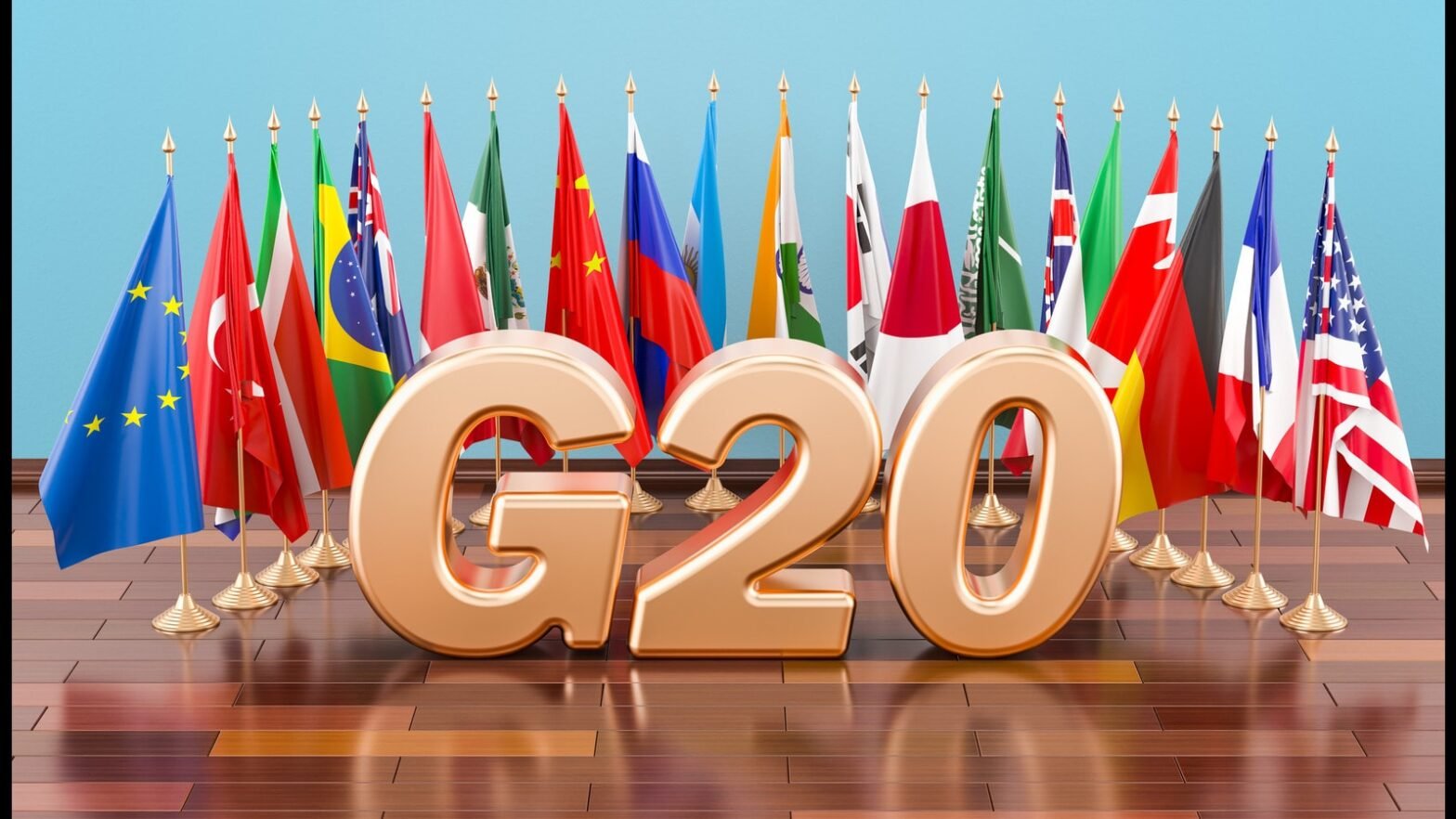The G20 agenda prioritises energy transitions. The geopolitics and governance of energy have become enormously difficult in 2023, during India’s presidency, as the transition from fossil fuels to renewable energy, concerns about energy security, and, in many cases, the pressure on keeping financial commitments made related to addressing climate change have all become complicated.

What exactly does the term “Green Transition” mean?
- Moving away from fossil fuels: The Green transition entails abandoning traditional energy sources that contribute to climate change, such as coal and oil.
- As an example: The Indian government announced plans in 2021 to phase out coal imports by 2024 and reduce the country’s reliance on coal for power generation.
- Embracing renewable energy: As part of the transition, cleaner and more renewable energy sources such as solar, wind, and hydropower will be used.
- In 2021, the Gujarat government announced plans to build a 500 MW solar park, which when completed will be the world’s largest solar park. Google announced plans in 2021 to power all of its data centres and offices with carbon-free energy by 2030.
- Reducing carbon emissions: As part of the Green transition, carbon emissions from transportation, industry, and other sectors must be reduced.
- For example, consider the “Switch Delhi campaign”: To promote electric vehicles and reduce air pollution in the city, the Delhi government launched the Switch Delhi campaign in 2020.
- Promoting sustainable lifestyles entails promoting sustainable lifestyles and behaviours such as waste reduction and resource conservation.
- India’s LiFE campaign: The LiFE (Lifestyle for Environment) campaign is an initiative launched by the Indian government to promote sustainable lifestyles and reduce environmental impact through individual actions.
- Encouragement of sustainable innovation: A key component of the Green transition is encouraging innovation in sustainable technologies and practises.
- For example, the Indian government announced plans in 2021 to establish a National Hydrogen Energy Mission to promote the use of hydrogen as a clean energy source in various sectors.
Energy Poverty at present
- Increasing energy poverty in Sub-Saharan Africa: According to the International Energy Agency, there are 20 million more people without electricity in the world today than in 2021. The worst-affected region is, predictably, Sub-Saharan Africa, which has returned to its lowest rate of electrification since 2013.
- In Europe, the number of people experiencing insufficient energy supply has increased to 80 million from 34 million in 2021.
- Middle-income countries are experiencing fuel and electricity shortages: Even middle-income countries in Africa, South America, and Asia are experiencing fuel and electricity shortages, as well as high inflation.
- Reduced energy availability harms economies and public health: Reduced energy availability harms economies as industries close and harms public health as safe fuels such as cooking gas become more expensive.
- Balance of payments crisis and high energy costs: A number of countries are also experiencing a balance of payments crisis, which is being exacerbated by high energy prices.
- Global impact on SDGs: Energy poverty is global and widespread, affecting technology implementation, industry, and SDGs, all of which are also G20 goals.
Suggestions for achieving rapid results during India’s G20 presidency
- Financial assistance as a pillar of climate action and energy transition: As emphasised and reinforced in the Paris Agreement and subsequent Conferences of the Parties, the G20 should prioritise providing financial assistance to those in need as a fundamental aspect of climate action and energy transition under the UNFCC Protocol (COPs).
- Increasing the likelihood of receiving financial assistance: Although financial assistance to developing countries has increased over time, it is still insufficient for a successful transition to a low-carbon economy. The G20 has the potential to mobilise efforts and generate momentum towards securing the necessary funding for climate action and energy transition.
- Public financing alone is insufficient: Public financing alone will not suffice to address the world’s current energy challenges. Private financing is required to supplement public financing.
- Innovative approaches to climate financing: To address the financing needs of climate action, innovative approaches are required. These approaches could include combining finance with both public and private capital to form a unified effort. Impediments such as exchange rate risks must also be addressed to ensure project financing runs smoothly.
- Creation of a Global Climate Finance Agency to better integrate and drive the global agenda: The agency could be mandated to lower hedging costs to mitigate a key risk faced by green project developers, as well as insure major clean energy projects from potential losses due to government utilities failing to meet supply and payment obligations, which is a common issue in developing countries such as India.
- Using the public procurement system to accelerate energy transitions and drive significant change: The G20 can use the public procurement system to accelerate energy transitions and drive significant change. Ample evidence shows that effective public procurement can ensure funding and adaptation at scale.
@the end
The G20 should encourage financial centres and business communities to develop new business models and energy transition technologies. This will necessitate cooperation and collaboration among financial centres, including green financing and economic taxonomies. The G20 can accelerate climate transition and energy security for all by doing so.
Source: https://indianexpress.com/article/opinion/columns/indias-g20-presidency-and-the-green-transition/
